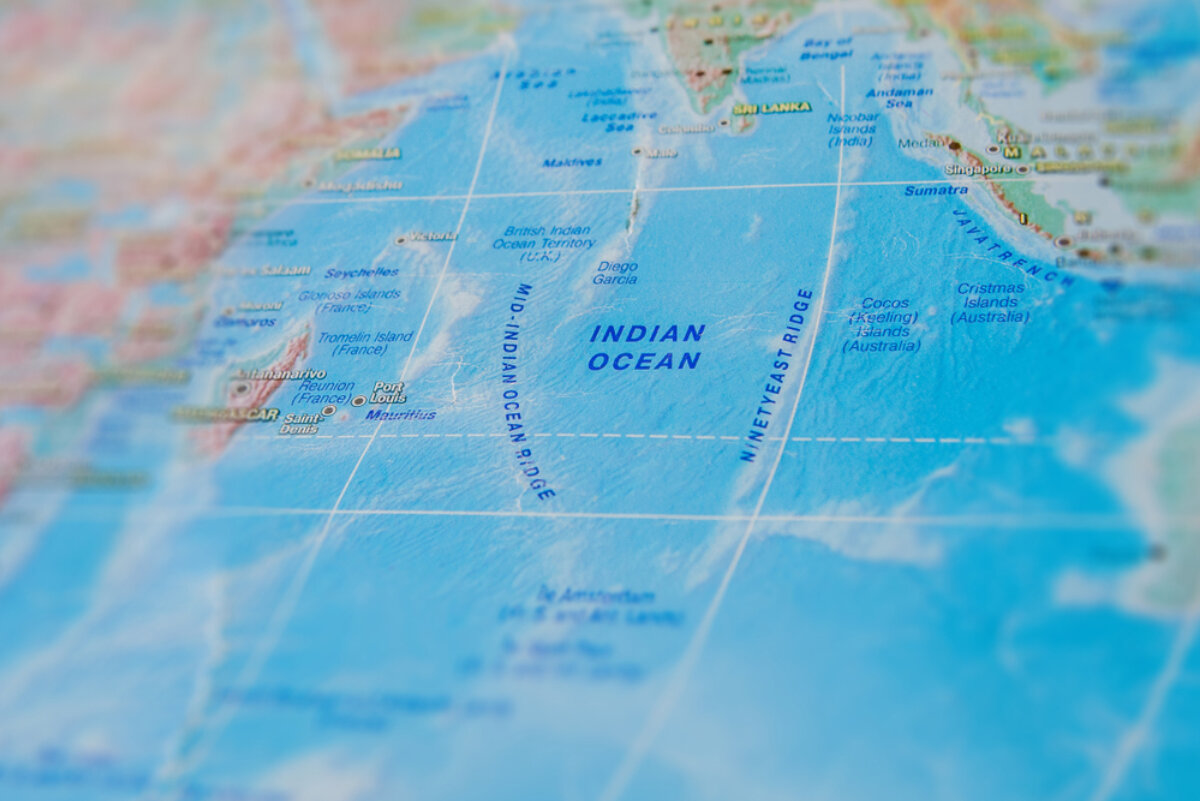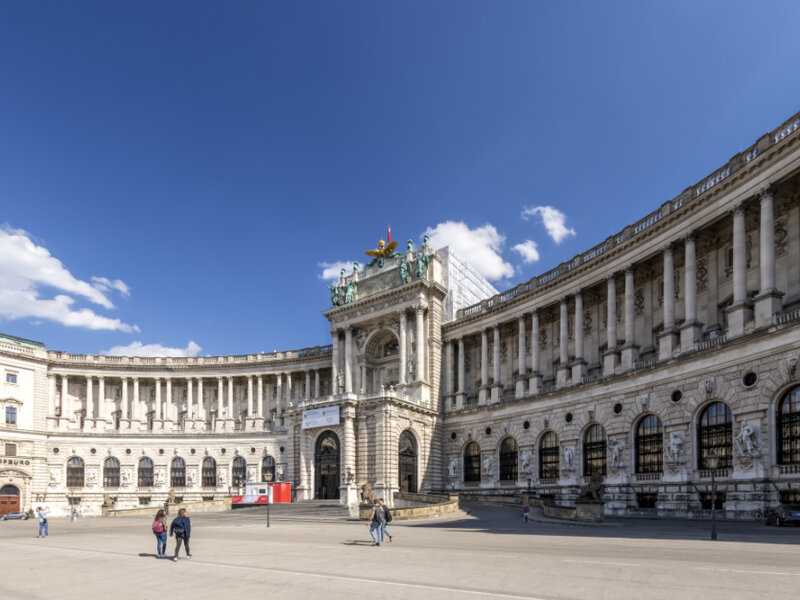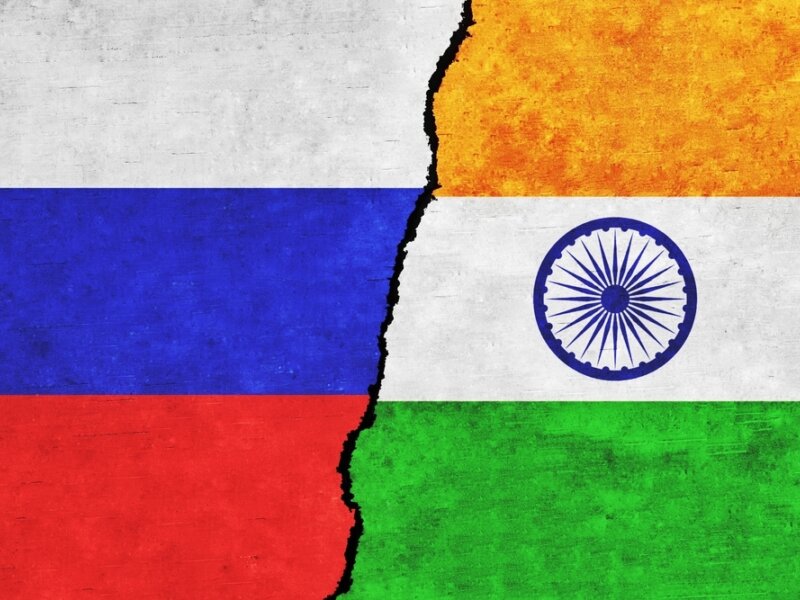La nuova geografia dell’Oceano Indiano
L’Oceano Indiano rappresenta da sempre una fondamentale via di comunicazione del commercio mondiale ed è un unicum geografico di interessi economici, militari ed ambientali. L’analisi di Guido Bolaffi

L’Oceano Indiano rappresenta da sempre una fondamentale via di comunicazione del commercio mondiale. Oggi, ad esempio, delle dieci nazioni che forniscono tre quarti del petrolio di cui abbisogna l’industria cinese ben nove sono quelle che affidano i loro trasporti alle sue acque. Le stesse sulle quali fanno rotta quotidianamente gli enormi container dell'import-export da e per l’India, il Giappone, la Corea del Sud e l’Australia. Eppure, scrivono Darshana M. Baruah e la sua collega Caroline Duckworth nel paper We’re Thinking About the Indian Ocean All Wrong, appena pubblicato dal Carnegie South Asia Program: “Despite the Indian Ocean’s importance, there is limited understanding of the geography of the region and its key players. This shortcoming hinders our ability to fully assess its importance to global competition”.
Un errore che le due studiose addebitano al fatto che: “The Indian Ocean is often split among South Asian, African and Middle Eastern regions, but these artificial divisions emphasize the landmasses and push the maritime domain to the periphery. Further, they move the concerns and priorities of island nations, which otherwise would act as important regional players, under the challenges of their continental counterparts. Under this framework, Sri Lanka and Maldives are considered part of South Asia, while Mauritius and Seychelles are considered part of Africa. Though these regional divisions suggest these nations have major differences in economic goals and security needs, they are united on issues such as climate change, the importance of multilateralism, and pursuit of sustainable development by promoting the blue economy”.
Affermazioni che riecheggiano quanto sostenuto nel settembre 2021 a Tokyo dai delegati delle “isole lontane” intervenuti al forum Ocean Nations: An Indo-Pacific Islands Dialogue, nel corso del quale da molti di loro era stato fatto presente che “While bigger powers like United States, India, Japan and Australia are concerned about unsustainable Chinese financing of possible dual-use infrastructure projects and military security [...] island nations prioritize different issues: climate change, illegal, unregulated and unreported (IUU) fishing, piracy, plastic pollution, and oil spills as the biggest security threats”.
La verità è che queste domande rischiano di restare inascoltate se non si capisce che l’Oceano Indiano rappresenta oggi un unicum geografico di interessi economici, militari ed ambientali. Infatti, spiegano le ricercatrici del Carnegie South Asian Program: “the Indian Ocean must be viewed as a single region [...] to address the artificial division of the Indian Ocean and facilitate study of the region that aims to modernize our foundational understanding of the region”.
Una “rilettura geografica” di questa immensa distesa oceanica del Sud della Terra, che nello studio in questione viene accompagnata dalla messa a punto e dal lancio di una mappa interattiva digitale “highlighting chokepoints, trading partners, shipping routes, territorial disputes and regional players”:
“- Chokepoints and shipping routes: The Indian Ocean is home to the three chokepoints critical to energy shipping: the Strait of Malacca, the Strait of Hormuz and the Strait of Bab-el-Mandeb. The map’s shipping routes layer demonstrates the importance of these chokepoints to international trade and how disruption of one can have drastic impacts on transportation through another.
- Trading partners, beyond China: While China is often considered the primary trading partner for the Indian Ocean’s island nations, the United Arab Emirates (UAE) frequently outpaces China, India and United States in both exports from and imports to these countries. Put simply, China is not the only player beginning to understand the importance of the Indian Ocean islands.
- Territorial Disputes: The Indian Ocean’s fifteen ongoing territorial disputes reflect the region’s complicated colonial legacy. These sovereignty disputes with the West open the door for islands to deepen their relationship with China. While assertive in the South China Sea, China has no territorial disputes in the Indian Ocean region, seeking instead to balance Western influence.
- Key Regional Players: India, Australia and France each have island territories in the Indian Ocean. These countries share common objectives in both military and trade security and should consider how to best compete with other regional powers. The priorities of Indian Ocean countries, such as maintaining the blue economy and combating climate change, will be essential to achieving their regional goals.”



